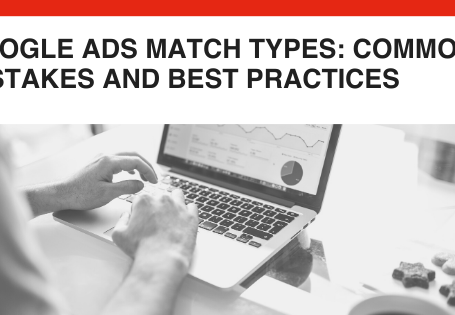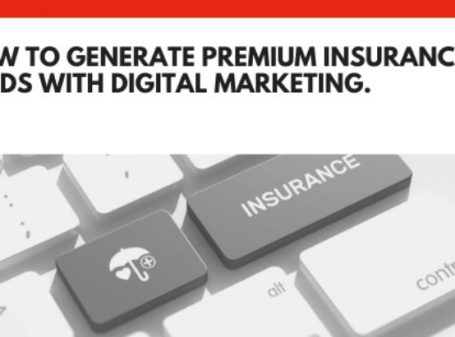Choosing the Right Social Media Platform for E-Commerce
By: Rank Media
Online jewelry retailer Boticca.com recently tracked the impact of both Pinterest and Facebook on creating engagement, driving traffic, and generating sales for e-commerce businesses. Marketing professionals are hesitant to invest significant resources into social media because it’s seen as more of a branding strategy, but this case study provides insight on the social channel’s ability to produce tangible results.
Community Engagement
Developing your social media audience can prove to be futile if your fans are not communicating with your brand. Boticca noticed that Facebook users were far more engaged than those coming from Pinterest. Pinterest users spent 65% less time on the site and visited 44% less pages compared to their Facebook counterparts, a testament to Facebook’s ability to drive highly targeted traffic. Facebook’s robust platform encourages users to check out the site through creative posts in news feeds, whereas Pinterest is limited in this regard.
Website Traffic
Although Pinterest users may be less engaged, the platform proved to be far more effective in driving new users to the Boticca site compared to the social media giant, Facebook. This can be a result of Pinterest’s site allowing users to view images by categories, giving brands opportunities specifically cater to targeted users. Linking images back to the site is effective for driving referral traffic and creating exposure with new users. This is a limitation for Facebook because links can only be found in image descriptions, which users may ignore entirely.
Sales Generation
Creating engagement and driving traffic are insignificant if sales are not coming through. Boticca noticed that Pinterest users were found to spend $180 on average, nearly $100 more than the average Facebook user. The image sharing site was also more influential than Facebook on all transactions: 10% of all orders saw came from consumers who visited Pinterest at least once while shopping, while 7% were genereated by visitors from Facebook.
Adapting Social Media for your E-Commerce Brand
The main takeaway from this is that you need to diversify your social media efforts: while Pinterest and Facebook worked in this example, Twitter, LinkedIn, or Google+ might prove to be more effective for other campaigns. However, it’s necessary to open the direct channels of communication with your target audience and integrate social media with your e-commerce site to exploit all opportunities available. Spreading your efforts around on all major platforms relevant to your brand will yield positive returns for your brand image, credibility, and eventually, sales.







 (800) 915 7990
(800) 915 7990
